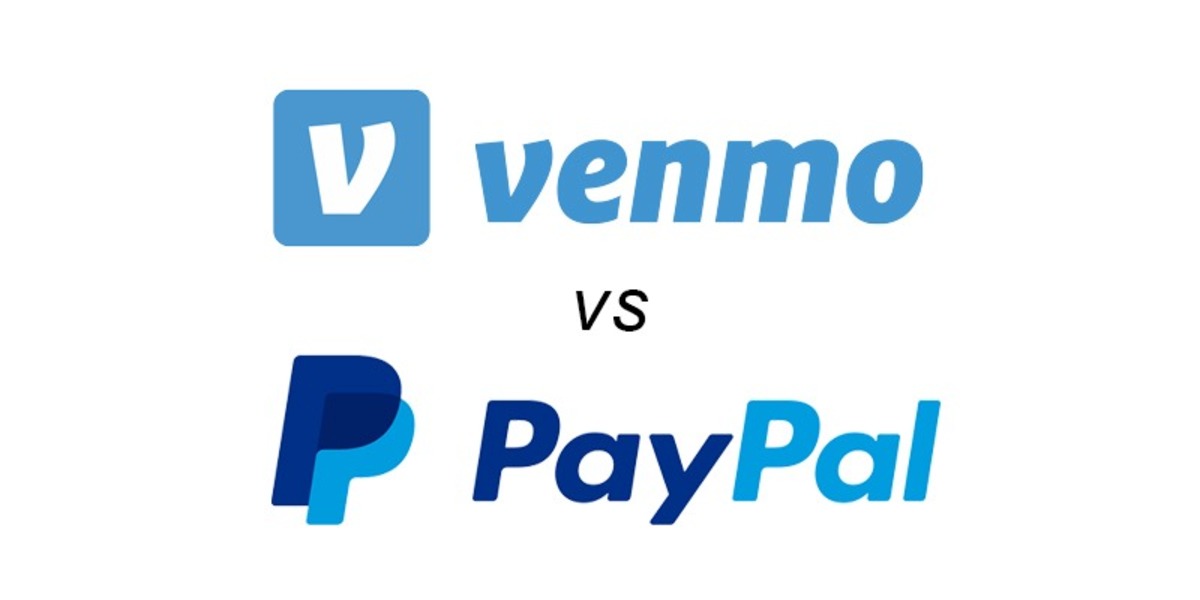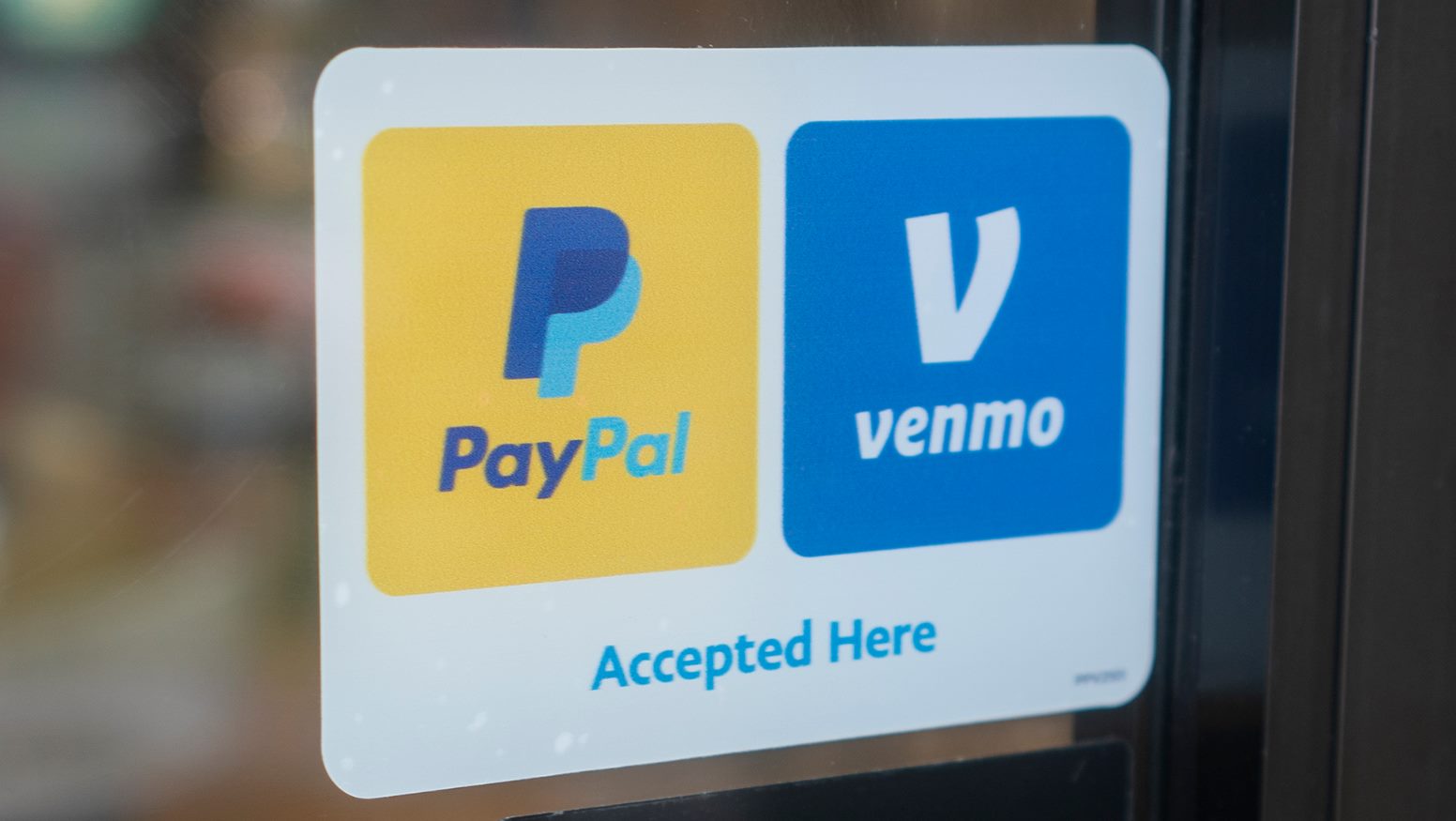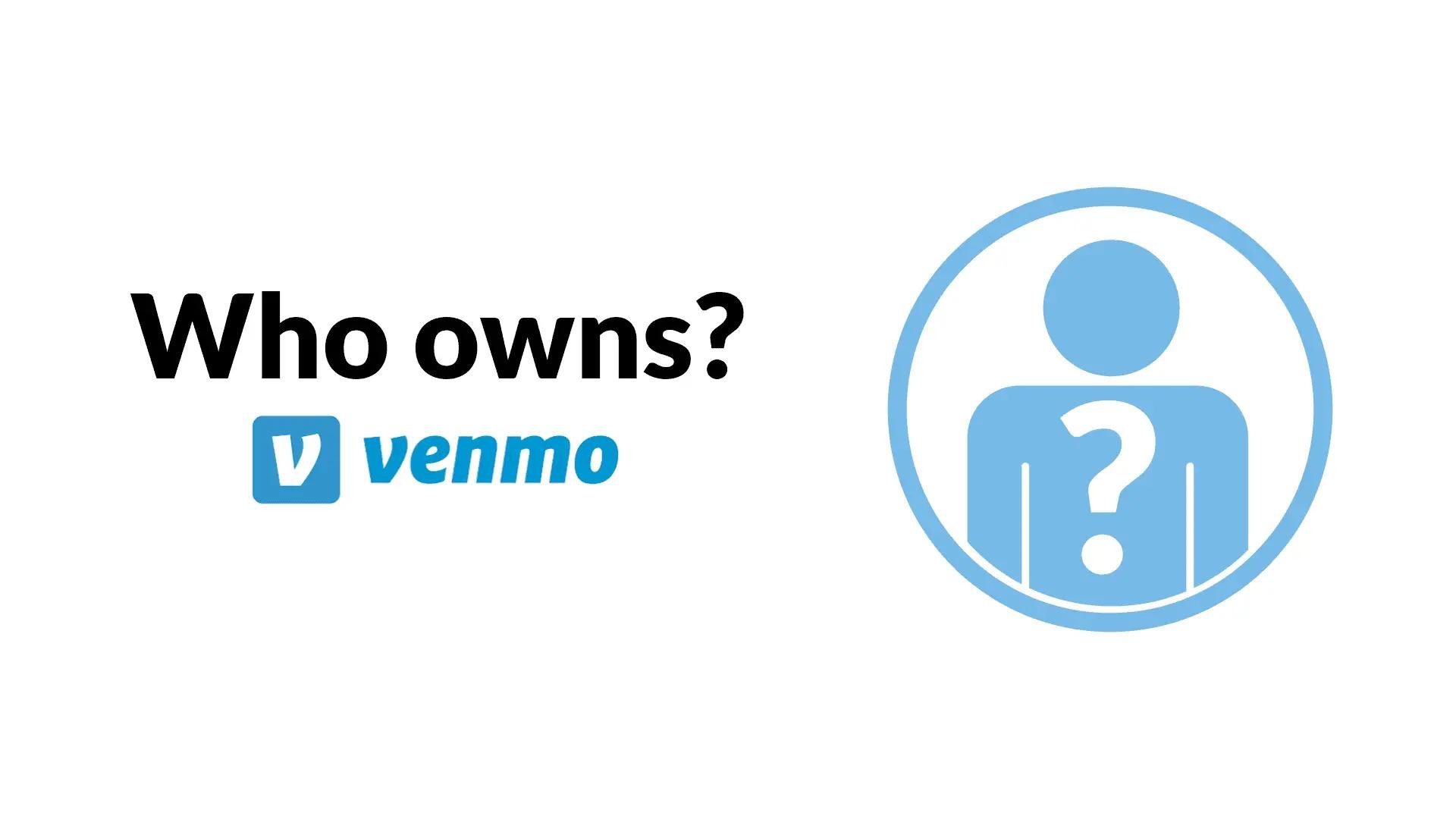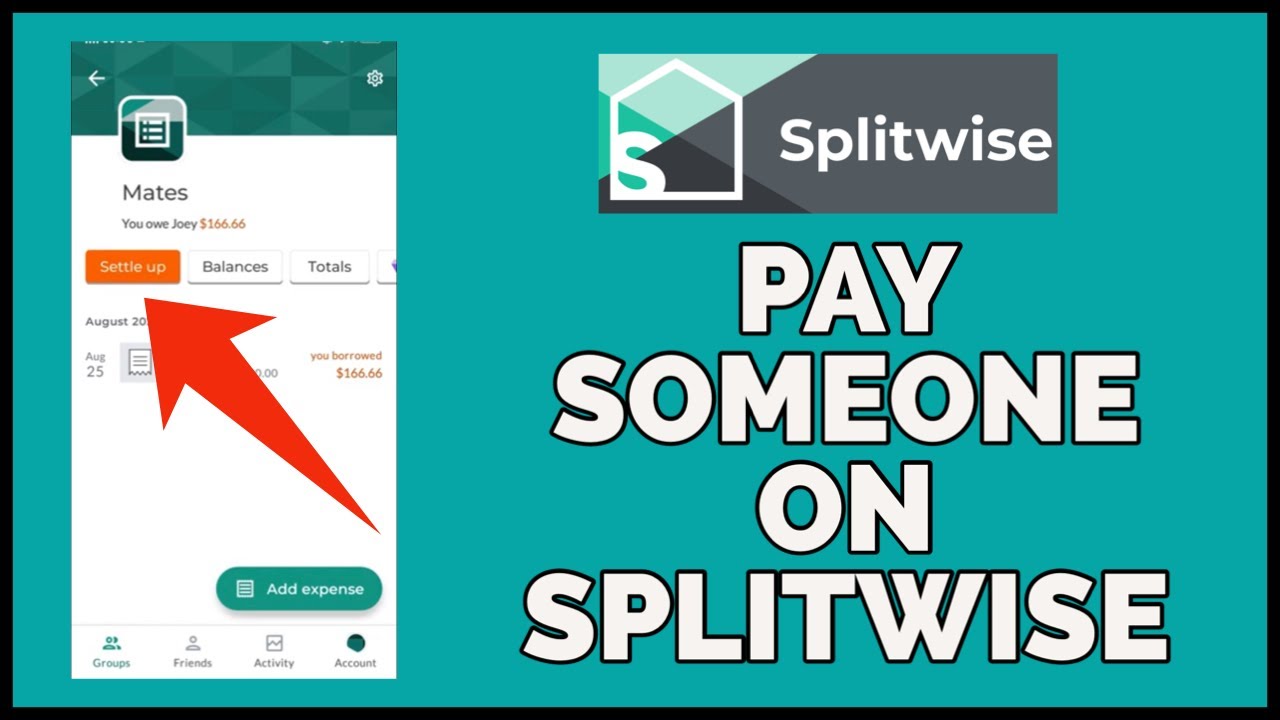Introduction
When it comes to digital payment platforms, two names that often come to mind are PayPal and Venmo. These two platforms have made it incredibly convenient for individuals and businesses to send and receive money electronically. In this article, we will explore the features, differences, and advantages of each platform to help you determine which one is better suited to your needs.
PayPal is a well-established and widely recognized online payment system that has been around since 1998. It allows users to make online transactions, send money to family and friends, and even shop at various online retailers. On the other hand, Venmo, which was acquired by PayPal in 2013, is a more recent player in the market, focusing primarily on peer-to-peer transactions and offering a social element to its platform.
While both PayPal and Venmo offer similar services, there are notable differences between them. Understanding these differences can help you make an informed decision about which platform is better suited to your personal or business needs.
Overview of PayPal
PayPal is a global leader in online payment systems, offering a secure and convenient way to send and receive money. It has a wide range of services tailored for individuals, businesses, and online merchants. With millions of users worldwide, PayPal has established itself as a trusted name in the digital payment industry.
One of the key advantages of PayPal is its widespread acceptance. It is not only used for online shopping but also for various other transactions, such as paying bills, sending money to friends and family, and even receiving payments as a freelancer. Its versatility and compatibility across different platforms and devices make it a popular choice among users.
PayPal also provides a user-friendly interface that is easy to navigate, making the payment process quick and hassle-free. Users can link their bank accounts, credit or debit cards to their PayPal account, giving them the flexibility to choose their preferred payment method. Additionally, PayPal offers a one-click checkout option, saving users the time and effort of repeatedly entering their payment information.
Another notable feature of PayPal is its buyer and seller protection policies. For buyers, PayPal offers a refund policy in case of unauthorized transactions or if the purchased item is significantly different from the description. On the other hand, sellers benefit from protection against fraudulent chargebacks and payment disputes.
When it comes to fees, PayPal charges a transaction fee on certain types of transactions, such as receiving payments for goods and services. The fee structure varies depending on the country and the type of transaction, so it’s important to review the fee schedule for your specific region.
In terms of security and privacy, PayPal has implemented robust measures to protect user information and transactions. It utilizes encryption technology to safeguard data and offers two-factor authentication for an added layer of security. PayPal also allows users to control their privacy settings, providing options to adjust visibility and limit the sharing of personal information.
Overall, PayPal offers a comprehensive digital payment platform that caters to the needs of individuals and businesses alike. Its wide acceptance, user-friendly interface, buyer and seller protection policies, and strong security measures make it a reliable choice for online payments.
Overview of Venmo
Venmo is a popular peer-to-peer payment app that allows users to send and receive money easily, making it a convenient way to split bills, pay friends back, and make personal transactions. Unlike PayPal, which offers a broader range of services, Venmo primarily focuses on peer-to-peer transactions, targeting a younger demographic with its social payment features.
One of the standout features of Venmo is its social element. Users can connect with friends, view and like their transactions, and leave comments, creating a more interactive and engaging payment experience. This social feed aspect sets Venmo apart from other payment platforms and adds a fun, social component to the process.
Venmo also emphasizes convenience and simplicity. The app’s interface is user-friendly, allowing users to easily navigate through their transactions, contacts, and settings. Setting up an account and linking bank accounts or cards is a straightforward process, making it accessible to users of all tech-savviness levels.
When it comes to fees, Venmo generally does not charge any transaction fees for sending money using a bank account or Venmo balance. However, there is a fee for using a credit card, so it’s important to be aware of these charges when making transactions. Venmo also offers a debit card option, allowing users to pay with their Venmo balance directly at participating merchants.
In terms of security, Venmo takes the necessary precautions to protect user information. It utilizes encryption technology to secure transactions, and users can set up PIN codes or fingerprint recognition for added security on their mobile devices. Venmo also provides additional privacy settings, allowing users to control the visibility of their transactions and profile information.
One aspect where Venmo is more limited compared to PayPal is its accepted payment methods. While PayPal offers a variety of payment options, including credit and debit cards, bank transfers, and PayPal balance, Venmo primarily relies on bank account transfers and Venmo balance for transactions. This limitation may be a drawback for users who prefer using card-based payments.
In summary, Venmo is a popular peer-to-peer payment app known for its social payment features, ease of use, and convenience. It offers a simple and engaging way to split bills and send money to friends and family. However, it may be more suitable for personal, smaller-scale transactions, and lacks the versatility and broader range of services provided by PayPal.
User Interface
Both PayPal and Venmo offer user-friendly interfaces that are designed to make the payment experience seamless and intuitive. However, there are some notable differences in terms of layout and functionality.
PayPal has a clean and straightforward interface, with a navigation menu that allows users to easily access different features, such as sending money, requesting money, and managing their account settings. The layout is responsive and works well on both desktop and mobile devices, providing a consistent experience across various platforms.
One of the standout features of PayPal’s user interface is its robust search functionality. Users can easily search for transactions, users, or specific businesses, making it convenient to locate and review past payments. PayPal also offers filters and sorting options, allowing users to organize and track their transactions effectively.
Venmo, on the other hand, has a more social-centric user interface. The app’s design is vibrant and engaging, with a central feed that displays transactions between friends. Users can easily scroll through the feed, “like” transactions, and even comment on them, creating a sense of community and social interaction.
Unlike PayPal’s detailed search functionality, Venmo’s search feature is more limited, primarily allowing users to search for specific contacts or transactions. However, Venmo’s interface excels in its simplicity, making it easy to split bills, request money, and view transaction histories with just a few taps.
Both platforms offer customization options to enhance the user experience. In PayPal, users can personalize their account settings, such as language preferences and notification preferences. Venmo, on the other hand, allows users to customize their profile information, including profile pictures and display names.
Overall, both PayPal and Venmo provide user-friendly interfaces that cater to different preferences. PayPal’s interface emphasizes functionality and efficiency, while Venmo’s interface focuses on social interaction and simplicity. Whether you prefer a more traditional payment experience or a social payment app with a unique twist, both platforms offer intuitive user interfaces to enhance your payment experience.
Fees and Charges
When considering digital payment platforms like PayPal and Venmo, it is crucial to understand the fees and charges associated with using their services. Both platforms have varying fee structures depending on the type of transactions and the specific circumstances involved.
In the case of PayPal, the fees can vary based on factors such as the country of the sender and recipient, the type of transaction (personal or business), and the payment method used. For personal transactions within the same country, sending money funded by a bank account or PayPal balance is usually free. However, if the transaction involves converting currency or using a credit or debit card, fees may apply. In business transactions, PayPal charges a small percentage of the transaction amount as a fee, which varies depending on the country.
Venmo, on the other hand, generally does not charge fees for sending money using a bank account or Venmo balance. However, if you choose to use a credit card to make payments, a fee is usually applied. It is important to note that Venmo explicitly states that fees may apply in certain circumstances, so reviewing their fee schedule is essential to stay informed.
Both platforms may also have additional fees for certain activities, such as withdrawing funds to a bank account or receiving international payments. These fees can vary depending on factors such as the destination country, the currency, and the amount being transferred. It is advisable to review the respective fee schedules provided by PayPal and Venmo to understand the specific charges that may apply to your transactions.
It is worth mentioning that while transaction fees may be imposed by both PayPal and Venmo, they offer convenience and security that can outweigh the cost for many users. Additionally, the specific fees and charges may be subject to change, so it is essential to regularly review the terms and conditions of each platform to stay up-to-date.
In summary, understanding the fees and charges associated with using PayPal and Venmo is crucial to manage your finances effectively. By familiarizing yourself with their fee structures, you can make informed decisions on which payment methods and platforms align with your budget and financial goals.
Security and Privacy
When it comes to conducting financial transactions online, security and privacy are of paramount importance. Both PayPal and Venmo prioritize the protection of user information and implement measures to ensure a secure payment experience.
PayPal, being an established and trusted payment platform, incorporates robust security features. User information is protected through advanced encryption technology, safeguarding sensitive data from unauthorized access. PayPal also offers two-factor authentication, adding an extra layer of security by requiring users to provide a unique code in addition to their password during login.
Furthermore, PayPal is committed to protecting users from fraudulent transactions. The platform utilizes sophisticated fraud-detection systems that monitor and analyze transaction patterns, helping to prevent fraudulent activities and unauthorized use of accounts. In the case of unauthorized transactions, PayPal offers a dispute resolution process to assist users in resolving such issues.
Venmo, following its acquisition by PayPal, also benefits from the same high standards of security. User information is encrypted and protected, and the app provides options for PIN codes or fingerprint recognition on mobile devices for enhanced security measures. Similar to PayPal, Venmo offers protection against unauthorized transactions and has a dispute resolution process in place.
Both platforms prioritize the privacy of user information. PayPal and Venmo allow users to control their visibility settings, providing options to limit the visibility of their transactions and personal information. These options allow users to customize their privacy preferences based on their comfort level with sharing information.
It is important to note that while both PayPal and Venmo take security and privacy seriously, no system is entirely foolproof. Users should always exercise caution by using strong passwords, regularly monitoring their accounts for any suspicious activity, and promptly reporting any concerns to the respective platforms.
In summary, both PayPal and Venmo prioritize the security and privacy of their users. By implementing advanced encryption technology, offering options for two-factor authentication, and providing dispute resolution processes, both platforms work to ensure a secure payment experience. Users can also customize their privacy settings to control the visibility of their transactions and personal information.
Accepted Payment Methods
When it comes to digital payment platforms like PayPal and Venmo, the accepted payment methods play a significant role in determining their convenience and versatility. Both platforms support various payment methods, but there are differences in terms of their offerings.
PayPal is known for its wide acceptance of payment methods. Users can link their PayPal account to their bank account, credit or debit cards, and even their PayPal balance. This flexibility allows users to choose their preferred payment method based on their individual needs and preferences. Additionally, PayPal supports payments in multiple currencies, making it suitable for international transactions.
Venmo, on the other hand, primarily relies on bank account transfers and Venmo balance for transactions. Users can link their bank accounts to Venmo to transfer funds, and they can also maintain a balance within their Venmo account by receiving payments or adding funds manually. However, it’s worth noting that Venmo does not currently support credit cards for payments, except for certain limited use cases like paying with the Venmo debit card.
One key advantage of Venmo is its social payment features, which enable users to easily split bills and make payments to friends or contacts within the app. This social aspect further simplifies transactions among individuals, especially in shared expenses scenarios.
It’s also worth mentioning that both PayPal and Venmo offer their own branded debit cards, which can be linked to the respective platforms. Users can use these debit cards to make purchases directly with funds from their PayPal or Venmo balances, providing added convenience and flexibility.
Overall, PayPal offers a broader range of accepted payment methods, including bank accounts, credit and debit cards, and PayPal balance. This versatility makes PayPal suitable for various types of transactions, whether it’s online shopping or conducting business transactions. Venmo, on the other hand, primarily focuses on bank account transfers and Venmo balance, making it more streamlined for personal, peer-to-peer transactions.
Before deciding on a payment platform, it’s essential to consider your preferred payment methods and the specific requirements of your transactions. By understanding the accepted payment methods, you can choose the platform that suits your needs and provides the desired convenience for your digital payments.
Transfer Speed
When it comes to digital payments, the speed of transferring funds is an important factor to consider. Both PayPal and Venmo provide relatively quick transfer speeds, but there are differences in terms of the time it takes for funds to be available.
PayPal offers instant transfers in many cases, especially when using a PayPal balance or linking a bank account for transactions. This means that if you have funds available in your PayPal balance, you can send them to another PayPal user instantly. However, if you are using a credit or debit card as the funding source, there may be a slight delay, usually within 30 minutes to a few hours.
Venmo, on the other hand, typically transfers funds between Venmo accounts instantly if all parties involved have eligible bank accounts linked to their Venmo profiles. This enables users to send and receive money in real-time, making it convenient for splitting bills, paying back friends, and more. However, it’s important to note that transferring funds from your Venmo balance to a linked bank account may take 1-3 business days, depending on the specific bank’s processing time.
It’s worth mentioning that the transfer speeds mentioned above are typical scenarios, but there may be exceptions or delays in certain cases. External factors, such as weekends, bank holidays, or issues with connectivity, can also affect the speed of fund transfers.
When it comes to international transfers, both PayPal and Venmo offer options for sending and receiving funds across different countries. However, the transfer times for international transactions may vary, depending on factors such as the destination country, currency conversion processes, and any local regulations or banking practices that may influence the transfer speed.
It’s essential to note that the transfer speeds mentioned here are based on the general practices and capabilities of PayPal and Venmo, but individual experiences may vary. Factors such as network congestion, verification processes, or unexpected technical issues can affect transfer times.
In summary, both PayPal and Venmo offer relatively fast transfer speeds for their respective platforms. PayPal generally provides instant transfers, especially when using a PayPal balance or linking a bank account. Venmo allows for real-time transfers between Venmo accounts, with slight delays for transferring funds from the Venmo balance to a bank account. Consider your specific needs and requirements when evaluating the transfer speed of each platform for your digital payment needs.
Customer Support
When using any digital payment platform, having reliable customer support is essential in case you encounter any issues or have questions regarding your transactions. Both PayPal and Venmo offer customer support, but there are differences in terms of the level of support and available channels.
PayPal provides comprehensive customer support through various channels, including phone support, email support, and a help center with extensive FAQs and guides. Users can easily access customer support options through the PayPal website or mobile app. PayPal’s phone support is available 24/7, allowing users to speak with a representative directly to address their concerns.
In addition, PayPal offers a dedicated resolution center where users can file disputes, report unauthorized transactions, and seek assistance with transaction-related issues. The resolution center serves as a platform for users to communicate and collaborate with sellers or buyers to resolve any disputes or problems that may arise during transactions.
Venmo, on the other hand, primarily offers customer support through its help center and email support. The help center provides answers to frequently asked questions and guides to assist users in navigating the app and resolving common issues. Users can also reach out to Venmo’s support team via email if they require further assistance.
It’s important to note that Venmo does not provide phone support, which can be a limitation for users who prefer more direct and immediate support. However, the app’s help center and email support generally suffice for addressing most user inquiries and issues.
Both PayPal and Venmo also have active communities and forums where users can engage with other users and seek advice or guidance. These platforms allow users to share their experiences, ask questions, and learn from others, providing a community-driven support system.
When evaluating customer support, it’s also helpful to consider the reputation and user feedback regarding the responsiveness and effectiveness of the support provided. Online reviews and forums can provide insights into the experiences of other users and give you an idea of the level of support you can expect from each platform.
In summary, both PayPal and Venmo offer customer support, but there are differences in the channels and level of support provided. PayPal offers comprehensive support through phone, email, and a resolution center, while Venmo primarily relies on its help center and email support. Consider your preferences and the level of support you require when choosing between the two platforms for your digital payment needs.
Additional Features
When comparing PayPal and Venmo, it’s important to consider the additional features each platform offers beyond the core payment functionalities. These additional features can enhance the overall user experience and provide added convenience.
PayPal offers a range of additional features that cater to the needs of individuals and businesses. One notable feature is PayPal’s integration with various e-commerce platforms, making it easy for businesses to accept payments on their websites. PayPal also offers invoicing capabilities, allowing users to create and send professional invoices to clients or customers directly from their PayPal accounts.
Another useful feature of PayPal is its cashback rewards program, which allows users to earn cash back on eligible purchases. This feature can provide additional savings for users who frequently use PayPal for online shopping or other transactions.
Additionally, PayPal offers a “Donate” button that enables users to easily collect donations for charitable causes. This feature is particularly useful for individuals or organizations engaged in fundraising efforts.
Venmo, being a more socially-oriented payment app, offers a few unique additional features that promote social interaction and engagement among users. One such feature is the ability to split bills among friends. Users can easily divide an expense with their friends and request payment for their share, simplifying the process of splitting expenses.
Venmo also supports emoji usage in transaction descriptions, allowing users to add a fun and personalized touch to their payments. Users can include emojis that depict the nature of the transaction or simply add a playful element to their payment interactions.
Furthermore, Venmo allows users to explore and interact with their friends’ transaction history, adding a social element to the platform. Users can view and “like” transactions, leave comments, and share their own payment activities with their social circle.
Both PayPal and Venmo offer mobile apps for convenient on-the-go access. These apps allow users to monitor their account activity, send and receive payments, and manage account settings directly from their mobile devices.
It’s important to note that these additional features may evolve over time as the platforms continue to innovate and respond to user needs. It’s advisable to review the latest features and updates offered by PayPal and Venmo to stay informed about the options available.
In summary, PayPal and Venmo provide additional features that cater to different user needs. PayPal offers features like e-commerce integrations, invoicing, cashback rewards, and donation buttons, while Venmo focuses on features such as bill splitting, emoji usage, and social transaction interactions. Understanding these additional features can help you choose the platform that aligns with your specific needs and preferences for a complete payment experience.
Conclusion
After exploring the features, differences, and advantages of both PayPal and Venmo, it’s clear that both platforms have their strengths and cater to different user needs. Choosing between the two ultimately depends on your specific requirements and preferences.
PayPal, with its extensive history and global recognition, offers a comprehensive payment platform suitable for both individuals and businesses. Its wide acceptance, user-friendly interface, buyer and seller protection policies, and robust security measures make it a reliable choice for online payments. PayPal’s additional features, such as e-commerce integrations, invoicing capabilities, and cashback rewards, provide added convenience and benefits.
Venmo, on the other hand, offers a more socially-oriented payment experience that targets a younger demographic. The app’s social payment features, ease of use, and convenience for personal transactions make it a popular choice among friends splitting bills and sharing expenses. Venmo’s unique features, such as bill splitting, emoji usage, and social transaction interactions, add a fun and engaging element to the payment process.
It’s important to note that while PayPal and Venmo share similarities as they are both owned by the same company, they have different focuses and feature sets. PayPal offers a broader range of services, wider acceptance, and more extensive customer support options. Venmo, on the other hand, specializes in peer-to-peer transactions, emphasizing simplicity, social interaction, and ease of use.
Ultimately, the decision between PayPal and Venmo comes down to personal preferences, the types of transactions you typically engage in, and the additional features that align with your needs. It’s advisable to consider factors such as accepted payment methods, transfer speeds, fees and charges, security and privacy measures, user interface, and customer support when making your decision.
By understanding the features and differences of PayPal and Venmo, you can select the platform that suits your requirements and provides the convenience, security, and overall payment experience you are looking for. Whether you prefer the versatility and wide acceptance of PayPal or the social-centric approach of Venmo, both platforms offer reliable and convenient options for digital payments.

























